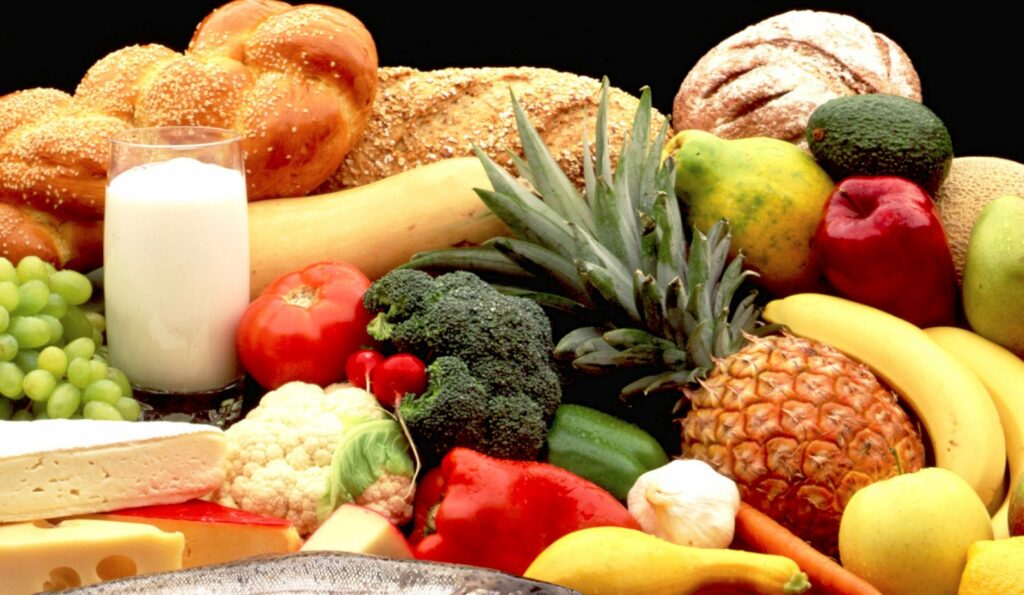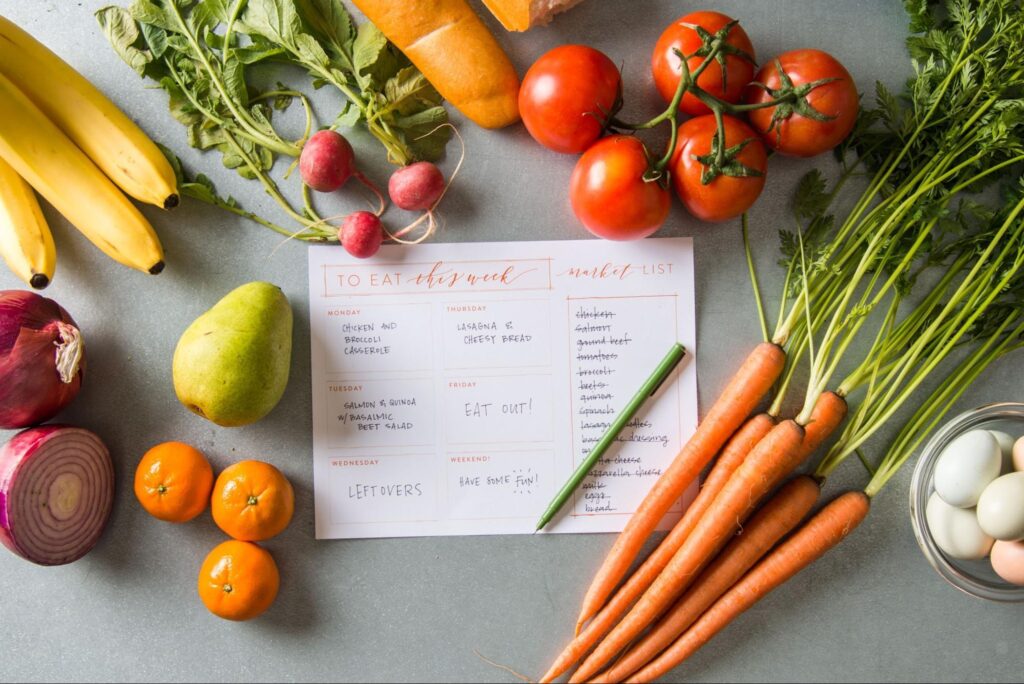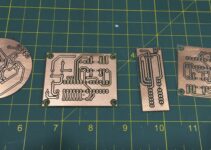Despite rapid lifestyle changes, people are becoming increasingly health-conscious. They are on a constant quest to determine what’s good and bad for them, mainly turning to technology for the answers.
In wanting to develop a healthy lifestyle and change their daily dietary habits for the better, many people resort to using nutrition apps and software. However, there are various such applications available in the market. As such, choosing the software best for yourself can be difficult. There are a few factors that you should consider for choosing the best nutrition software.
Nutrition software can be used both by individuals and dietitians for their clients. With automated, streamlined information, one can quickly look up the nutritional information of their meal and suggest meals suitable to their needs.
How to Choose the Right Nutrition Software

Source: labelcalc.com
Nutrition softwares are primarily used for nutrition analysis, wherein a particular food’s different nutrients are calculated. With software, one can skip the laborious process of looking up values, creating spreadsheets, and figuring out the nutrition information of every meal.
The software is also used to create diet plans and meal sheets. Becoming an essential tool of the healthcare industry, nutrition softwares are the need of the hour. With several software available, you should use the one best suited to your needs and goals, including weight loss, calorie counting, or nutrition education.
The following factors should be considered when choosing nutrition software for your use:
1. Cost
The cost is a vital factor in choosing applications and services for many people. Therefore, you should consider a budget while choosing nutrition software. Remember that health should be your priority, and you shouldn’t shy away from investing in software to help with its upkeep.
Choose software that meets your needs in your budget. However, do not compromise on quality and information in the search for cheaper options.
2. Rating

Source: formstack.com
Like any other software or application, you should factor in the user rating of a nutrition software. This gives you an idea of how satisfying and useful the user interface and experience are.
3. Calculation Power
Look for software that can quickly calculate the nutrition information of your meals without requiring multiple inputs. Apart from this, the software should be able to give a comprehensive outlook into body fat percentage, basal metabolic rate, BMI, and other similar quantitative options that help you analyze the body’s nutritional needs.
4. Dietary Reference Values

Source: foodscience-avenue.com
Dietary reference values (DFVs) refer to the suggested nutritional guidelines for people. Built-in DFVs in the software will make creating a safe diet or meal plan easier, preventing you from harming your health. This also saves the time otherwise spent looking up values online.
5. Food Composition Database
The best software will have an extensive food composition database that covers multiple [portions sizes across various cuisines. Moreover, these databases should be approved and updated by a team of registered dietitians and experts regularly.
The data should also comply with your specific geographic location. The database should also allow you to check for complex nutrients, brand data, supplements, and medicinal foods. Finally, the software should use a cloud-based system to update it automatically with new features and guidelines.
6. Supplementary Database
Besides nutritional information, the software should have features such as portion size, nutrient calculations, client data, and progress tracking. In addition, the software should be able to calculate the nutrition based on the way of cooking since nutrients such as vitamins and minerals are susceptible to heat.
7. Branding

Source: haulixdaily.com
Branding options in nutrition software is a highly sought-after feature for dietitians. When working with multiple clients, you should be able to customize the software to reflect your brand, making you stand out and increasing the rapport of your name in the industry.
8. Scheduling
Highly useful for dietitians when handling multiple clients, software that allows your clients to schedule appointments without having to call the office is suggested. This helps lower the burden of the administrative department and facilitates client management.
9. Security

Source: innovationatwork.ieee.org
The software should also provide you with security regarding encryptions and user data. Web-based software is preferable as they are automatically backed up and updated.
10. Support
An additional feature to look for is online courses and guidance for nutrition information and the proper use of software. This helps the user understand nutrition-related information better and make healthwise decisions.
11. Meal Planning

Source: clubsweat.ca
Nutrition software should have an efficient meal planning feature with built-in plans for different health conditions and caloric restrictions.
Different categories, such as vegetarian, vegan, and diabetic, should be included in the preset menus. Moreover, these should be regularly updated to align with dietary reference intake nutrient goals.
12. Progress Tracking
The software should be able to track all quantifiable progress, such as caloric intake, weight loss, changes in body mass index, and levels of different nutrients, over time. This helps analyze whether the particular dietary plan works well for an individual.
13. User Interface
An essential feature to consider while selecting nutrition software is the user interface. The software should be easy to use, simple to understand and provide technical support to the user. In addition, features such as notifications, reminders, and meal-planning tips are bonuses in the software.
In addition, you should be able to sort the foods according to your nutritional needs, view different nutrients or hide them, group foods into different categories according to your preference, and even add new foods and recipes that may be indigenous to you.
You should be able to log your food intake as the day proceeds. The food recommendations should be based on your taste, enabling you to reject foods unsuitable for you so that they are not recommended repetitively.
There may also be features like creating a shopping list, adjusting serving sizes, and managing recipes.
14. Exercise Management
In addition to nutrition-related features, comprehensive software should be able to recommend exercises to meet your health goals safely and on time. For example, you can input the physical health problems you have and get a recommendation of the kind of exercise suitable for you.
Conclusion

Source: fi-compass.eu
Nutrition software can be a valuable asset for your daily life and health in the long run, provided you use it smartly. Good nutrition software understands your needs, tracks your progress, and suggests meal plans according to your goals.
With nutrient tracking and exercise suggestions, nutrition software can change your lifestyle for the better without spending hours on the internet, surfing through contradicting information that can only leave you confused.
Compare the above features according to your needs in different software and select the best one that suits your budget.



